Do Essential Oils Contain Chemicals
Essential oils have gained popularity for their aromatic and therapeutic properties.
We will explore the different methods of extracting essential oils, the chemical components present in them, and the potential benefits and risks of using essential oils pesticides.
Whether you’re a seasoned essential oil enthusiast or just starting to dip your toes into the world of aromatherapy, this article will provide valuable insights on how to use essential oils safely.
Key Takeaways:
What Are Essential Oils?
Essential oils are natural compounds extracted from plants, known for their aromatic properties and various biological activities.
These oils are typically extracted through methods like steam distillation, expression, or solvent extraction, retaining the natural essence and characteristics of the plant they come from. Terpenes and phenolic compounds are two major groups of organic molecules found in essential oils, contributing to their therapeutic benefits and distinct scents. The chemical composition of essential oils can vary widely depending on the plant source, with each oil containing a unique blend of bioactive compounds. Studies have shown that these oils possess antimicrobial, anti-inflammatory, and antioxidant properties, making them valuable in aromatherapy and natural health practices.
How Are Essential Oils Made?
Essential oils are typically made through distillation or extraction processes that involve separating the aromatic compounds from plant material.
For distillation, most commonly, the plant material is placed in a still where it is heated, causing the volatile compounds to vaporize. These vapors are then condensed back into liquid form, yielding the essential oil. On the other hand, extraction methods like solvent extraction involve using solvents like hexane or ethanol to pull out the essential oils from the plant material. Once extracted, the oils are separated from the solvent through evaporation or other means.
What Are the Different Types of Essential Oils?
There are several types of essential oils, including distilled oils, expressed oils, solvent-extracted oils, absolutes, and CO2 extracts, each produced through different methods.
Distilled Essential Oils
Distilled essential oils are obtained through the process of distillation, where steam or water is used to extract the aromatic compounds from plant material.
Regarding distillation, two primary methods are commonly used to produce essential oils:
- Steam distillation: In steam distillation, plant material is exposed to steam in a distillation chamber, allowing the volatile aromatic compounds to be released and carried in the steam.
- Hydrodistillation: Hydrodistillation involves immersing the plant material in water and heating it to extract the essential oils. This meticulous process ensures that the purity and potency of the extracted oils are maintained, making them highly concentrated and effective in aromatherapy and natural skincare products.
Expressed Essential Oils
Expressed essential oils are extracted through mechanical methods like cold pressing, where the oils are physically squeezed or pressed out of the plant material.
Cold pressing is a gentle method suitable for extracting oils from fruits like citrus peels. The process involves placing the plant material in a pressing machine, and the pressure exerted separates the essential oils from the rest of the plant matter. This technique is favored for its ability to retain the aroma and potency of the oils without the need for heat, which could potentially denature the compounds. The resulting oils are pure and full of the natural essence of the plant, making them highly valued in the aromatherapy and cosmetic industries.
Solvent Extracted Essential Oils
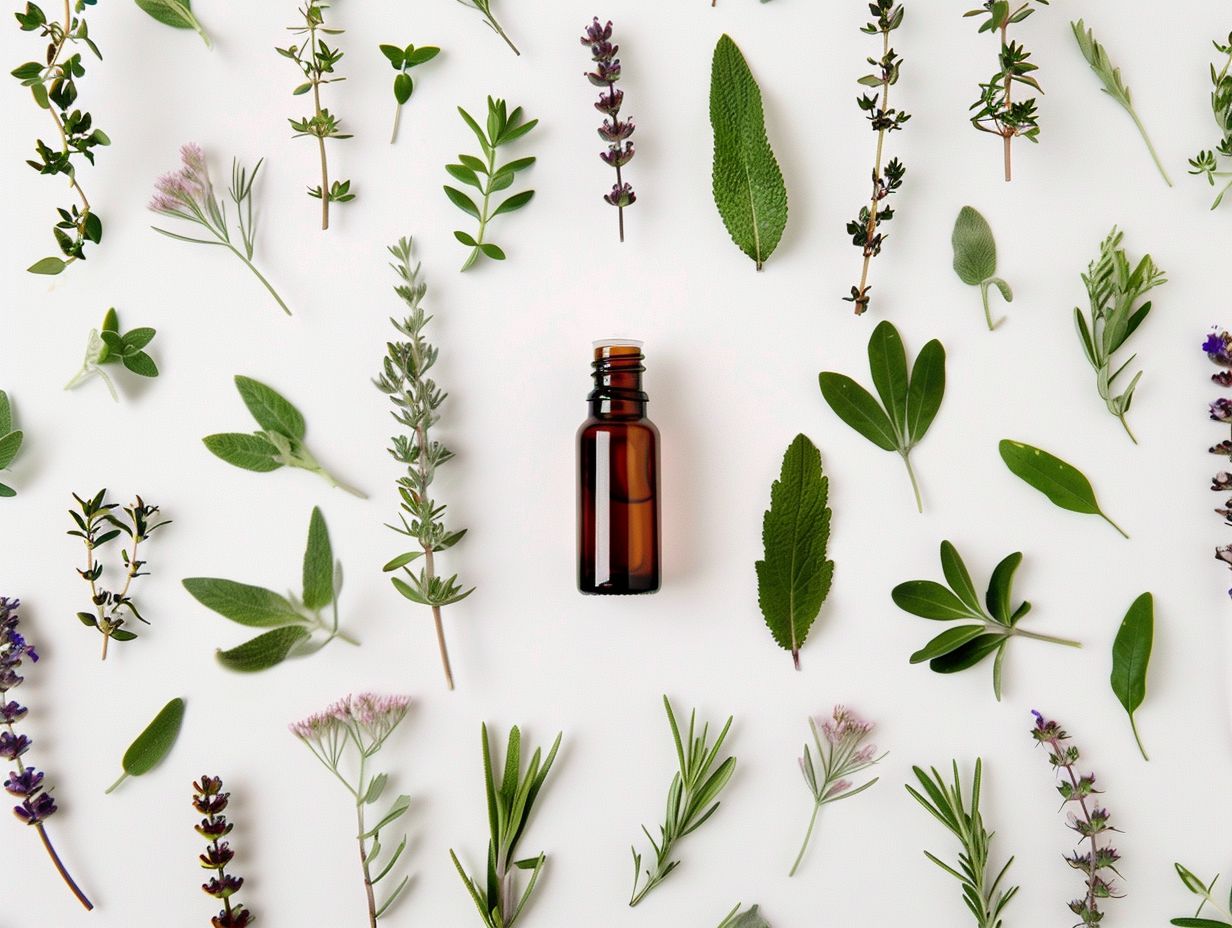
This extraction method involves immersing the plant material in the solvent, allowing it to absorb the aromatic components. The solvent is then separated, leaving behind a concentrated mixture of essential oils. Hexane is commonly used for its efficiency in extracting oils from plants. Although effective, some concerns exist regarding chemical residues that may remain in the final product. Proper purification processes are crucial to ensure the removal of any remaining solvents. This method is favored for plants with low essential oil content, allowing for a more cost-effective extraction process.
Absolutes
Absolutes are highly concentrated aromatic oils obtained through solvent extraction, capturing a wide range of volatile compounds from the plant material.
During the production of absolutes, various plant materials such as flowers, herbs, or spices are immersed in a solvent, typically a food-grade solvent like hexane or ethanol. The solvent effectively dissolves the aromatic compounds and other desirable constituents from the plant material, resulting in a potent extract rich in fragrance and therapeutic properties.
The process of extracting absolutes requires expertise and precision to ensure a high-quality end product. After extraction, the solvent is removed through evaporation, leaving behind a concentrated mixture of aromatic compounds known as the absolute.
CO2 Extracts
CO2 extracts are oils extracted using supercritical carbon dioxide as a solvent, which results in a pure and potent concentration of essential oil compounds.
Supercritical fluid technology is a cutting-edge method that utilizes carbon dioxide in a state where it exhibits both liquid and gas properties. The process involves subjecting the carbon dioxide to specific temperature and pressure conditions, allowing it to act as a powerful solvent for extracting essential oils from plant materials. The supercritical CO2 effectively captures the desired compounds without leaving behind any harmful residues, making it a preferred method for obtaining high-quality extracts. This method offers a safe, efficient, and environmentally friendly way of isolating bioactive compounds from plants.
Do Essential Oils Contain Chemicals?
Essential oils contain a variety of chemical components such as terpenes, phenols, and alcohols that contribute to their aroma and biological activities.
Terpenes, one of the primary components found in essential oils, are hydrocarbons that play a significant role in the overall therapeutic properties. These compounds are known for their anti-inflammatory, antimicrobial, and pain-relieving effects.
Phenols, another crucial group of chemical compounds in essential oils, exhibit powerful antioxidant and antiseptic properties, making them effective in fighting infections and boosting the immune system.
Alcohols, yet another essential constituent, possess both antibacterial and antiviral qualities, contributing to the overall healing and disinfectant properties of essential oils.
What Are the Chemical Components of Essential Oils?
The chemical components of essential oils consist of a diverse range of compounds including terpenes, alcohols, esters, and phenols, each contributing to the unique properties of the oil.
Terpenes are hydrocarbons that are the main constituents of essential oils, providing the characteristic aroma and flavor profiles. Within terpenes, there are different subcategories such as monoterpenes and sesquiterpenes, each with their own distinct benefits.
Alcohols, on the other hand, like linalool and geraniol, possess antibacterial and anti-inflammatory properties, making them valuable components in essential oils oils.
Esters contribute to the sweet and fruity notes in essential oils, often found in oils like lavender or bergamot, imparting a calming effect on the mind and body. Learn more about essential oils fragrance.
Phenols, such as thymol and eugenol, have strong antimicrobial properties, making them effective for fighting infections and boosting immunity.
Are These Chemicals Harmful?
While essential oils contain various chemical compounds, their potential harm depends on factors like concentration, purity, and individual sensitivities.
Regarding safety, it is crucial to understand the concept of toxicity as it relates to essential oils. Essential oil toxicity can occur when oils are ingested, applied topically in too high of a concentration, or inhaled excessively. Some essential oils can lead to skin irritation, photosensitivity, or even allergic reactions if not used properly.
Therefore, it is important to always dilute essential oils in a carrier oil, perform a patch test before widespread application, and adhere to recommended guidelines for use. Proper storage away from sunlight and heat is essential to maintain their efficacy and safety.
What Are the Benefits of Essential Oils?
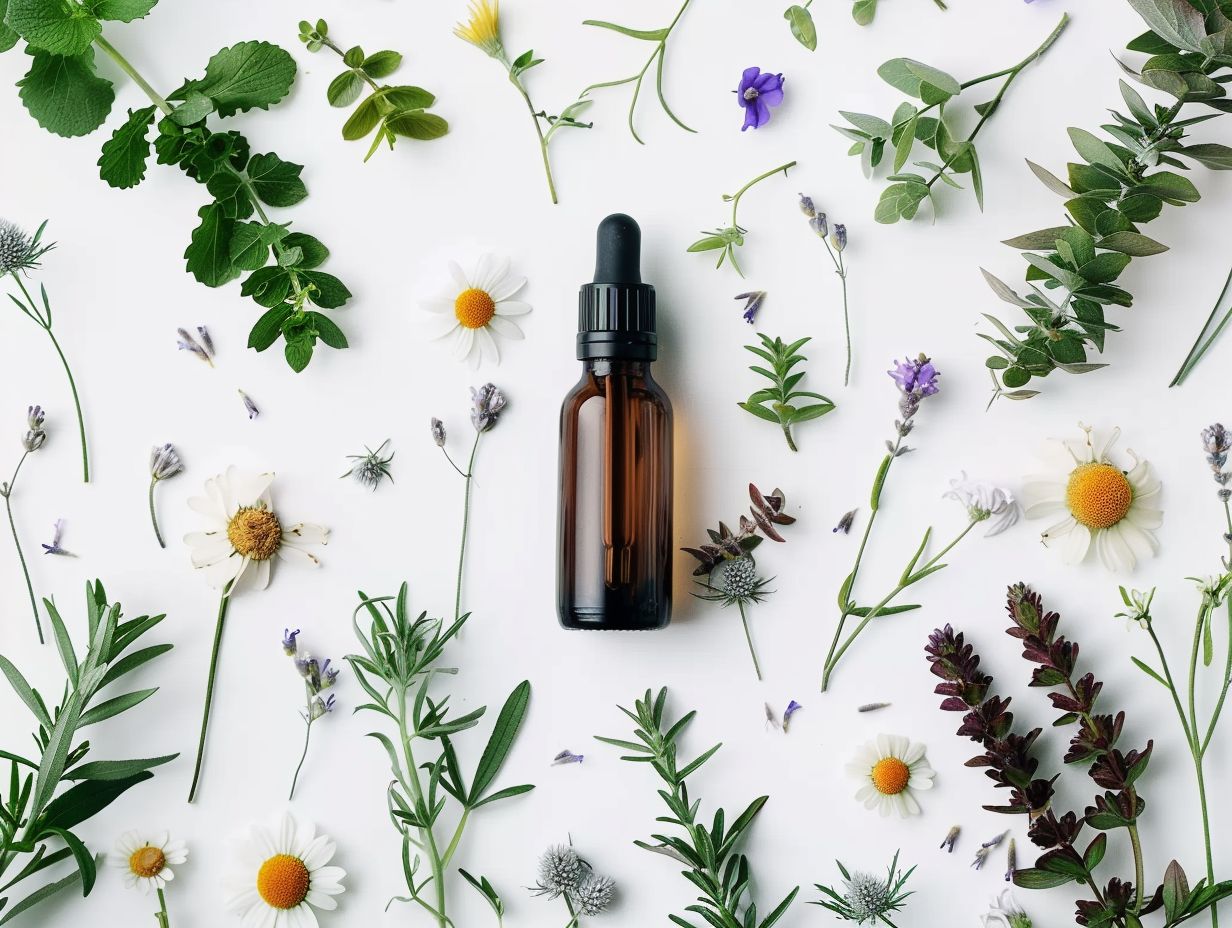
Essential oils offer a wide range of benefits, including antimicrobial, antioxidant, anti-inflammatory, and aromatherapeutic properties that have applications in medical, health, and wellness fields.
One of the remarkable benefits of essential oils is their antimicrobial properties, which can help inhibit the growth of harmful bacteria and fungi. These natural oils, extracted from plants, also exhibit potent antioxidant effects, scavenging free radicals that contribute to oxidative stress and aging. The anti-inflammatory properties of essential oils make them valuable in managing conditions such as arthritis and skin inflammation. Incorporating essential oils into aromatherapy practices can promote relaxation, reduce stress, and enhance overall well-being.
What Are the Risks of Using Essential Oils?
Despite their benefits, essential oils can pose risks such as skin irritation, allergic reactions, respiratory problems, and potential drug interactions when used improperly.
Proper usage is crucial as skin irritation like rashes, burns, or redness can occur, especially when oils are not diluted correctly. Allergic reactions are another concern, manifesting as itching, hives, or swelling.
Respiratory issues may arise from inhaling concentrated oils, causing coughing, shortness of breath, or even triggering asthma attacks. Essential oils have potent compounds that can interact with medications, affecting their efficacy or leading to adverse effects.
Skin Irritation
Skin irritation is a common risk associated with essential oil use, manifesting as redness, itching, or inflammation due to sensitivities or improper application.
These reactions can vary in severity depending on the individual’s skin type and the concentration of the essential oil. Symptoms may include burning sensations, blistering, or even alcohol in essential oils.
To prevent such reactions, it is crucial to conduct a patch test before using a new essential oil. Diluting essential oils with a carrier oil can also help reduce the risk of skin irritation. In case of skin irritation, immediate removal of the oil, washing the affected area with mild soap, and applying a soothing agent such as aloe vera gel can aid in calming the skin.
Allergic Reactions
Allergic reactions to essential oils can range from mild skin rashes to severe respiratory distress in sensitive individuals due to immune system responses.
It is well-documented that certain compounds in essential oils like linalool and limonene can trigger allergic reactions. The allergenic potential varies among different oils, with some being more prone to causing sensitivities than others. Cross-sensitivities are also a concern, where individuals may react to multiple oils due to similar chemical compositions. These reactions are mediated by the immune system’s response to perceived threats, leading to symptoms such as itching, swelling, and in severe cases, anaphylaxis.
Respiratory Problems
Inhaling certain essential oils can lead to respiratory problems like asthma exacerbation or throat irritation, especially in individuals with preexisting lung conditions.
When essential oils are inhaled, they can trigger an inflammatory response in the airways, potentially worsening symptoms in those already susceptible to respiratory issues. The aromatic compounds in some essential oils may cause irritation or allergic reactions in the respiratory tract, affecting breathing and overall lung function. It is crucial to be cautious when using essential oils, ensuring proper dilution and ventilation to minimize the risk of adverse respiratory effects. Certain volatile organic compounds present in essential oils can also irritate the airways and lead to shortness of breath in sensitive individuals.
Drug Interactions
Essential oils can interact with medications, affecting their efficacy or causing adverse reactions, making it crucial to consider potential drug interactions before using them.
When essential oils are used concurrently with medications, they can impact the way drugs are metabolized in the body. Some essential oils have compounds that may inhibit or enhance the activity of certain enzymes responsible for breaking down drugs, leading to altered drug levels in the bloodstream. This alteration can result in decreased drug efficacy or increased toxicity. Understanding the contraindications and precautions associated with essential oil-drug interactions is essential to prevent potential harm. Healthcare professionals must consider the pharmacological properties of both the medication and the essential oil to ensure safe use.
How Can You Use Essential Oils Safely?
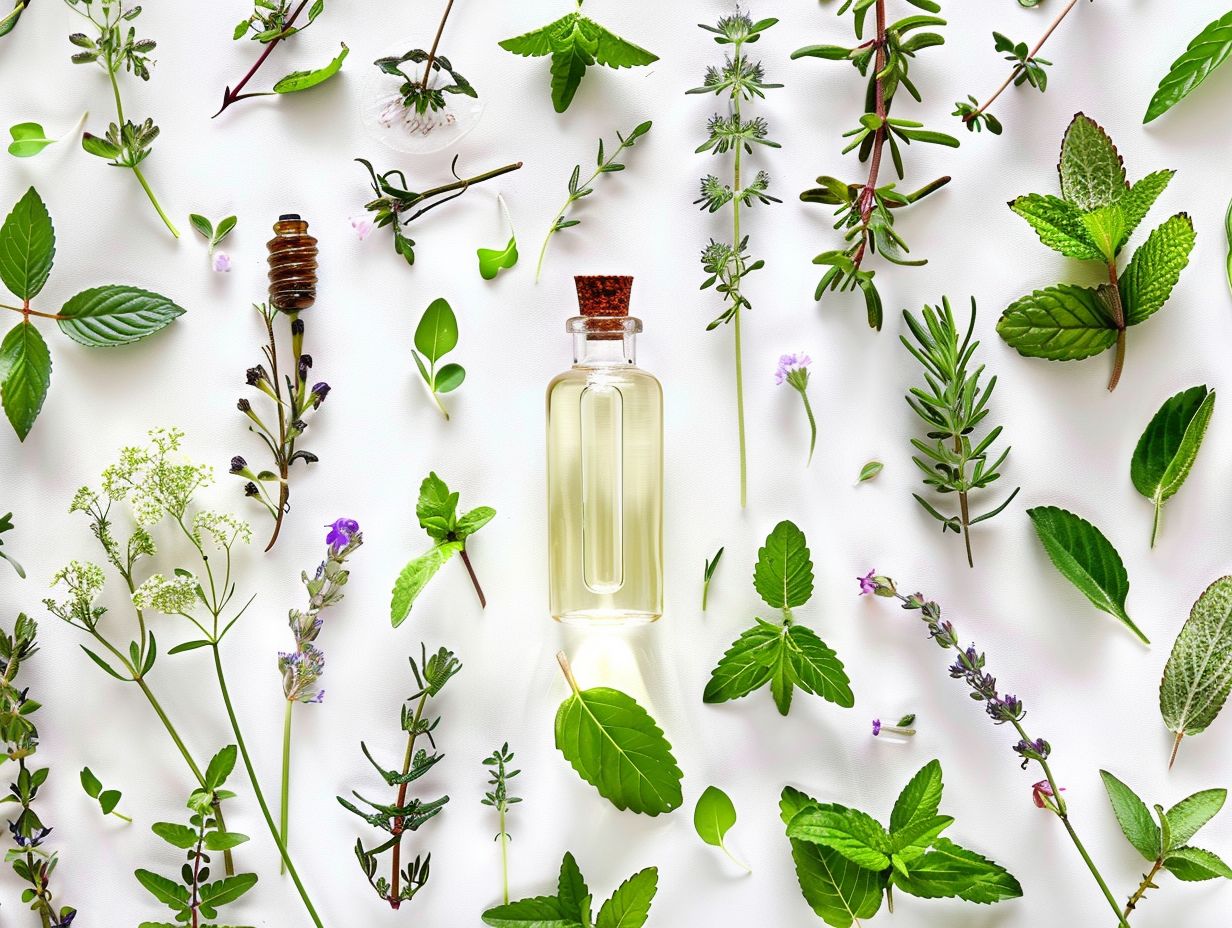
Essential oils are highly concentrated extracts derived from plants, each possessing unique therapeutic properties. Proper dilution ensures that the oils are safe for topical application, reducing the risk of skin irritation or sensitization. When diluting, it’s recommended to use carrier oils such as coconut, almond, or jojoba oil to diffuse the potency of the essential oil.
Performing a patch test before widespread use helps to identify any potential allergic reactions or sensitivities that an individual may have to a specific oil. This precautionary measure can prevent adverse skin responses when using the toxic essential oils in larger quantities.
Frequently Asked Questions
Do Essential Oils Contain Chemicals?
Yes, essential oils are made up of various chemical compounds that give them their unique properties and scents. However, not all chemicals are harmful and these compounds are naturally occurring in plants and extracted through steam distillation or cold pressing.
Are the Chemicals in Essential Oils Safe for Use?
Yes, when used properly and in recommended amounts, essential oils are generally safe for use. However, it is important to research and understand the potential side effects and precautions for each specific oil before using it.
Can Essential Oils Cause Allergic Reactions?
Just like any other substance, some individuals may have allergic reactions to certain essential oils. It is important to perform a patch test before using an essential oil topically and to discontinue use if any adverse reactions occur.
Do Essential Oils Contain Synthetic Chemicals?
Pure essential oils should not contain any synthetic chemicals as they are extracted directly from plants. However, some essential oils on the market may be diluted with synthetic fragrances, so it is important to purchase from reputable sources and read labels carefully.
Do Essential Oils Have Chemical Interactions with Medications?
Yes, some essential oils may interact with certain medications and it is important to consult with a healthcare professional before using them, especially if you have any underlying health conditions or are taking any medications.
Are Essential Oils Safe for Children and Pets?
Some essential oils, particularly those high in phenols or menthol, may not be safe for use around children and pets. It is important to research and understand which oils are safe for household members before diffusing or topically using them.

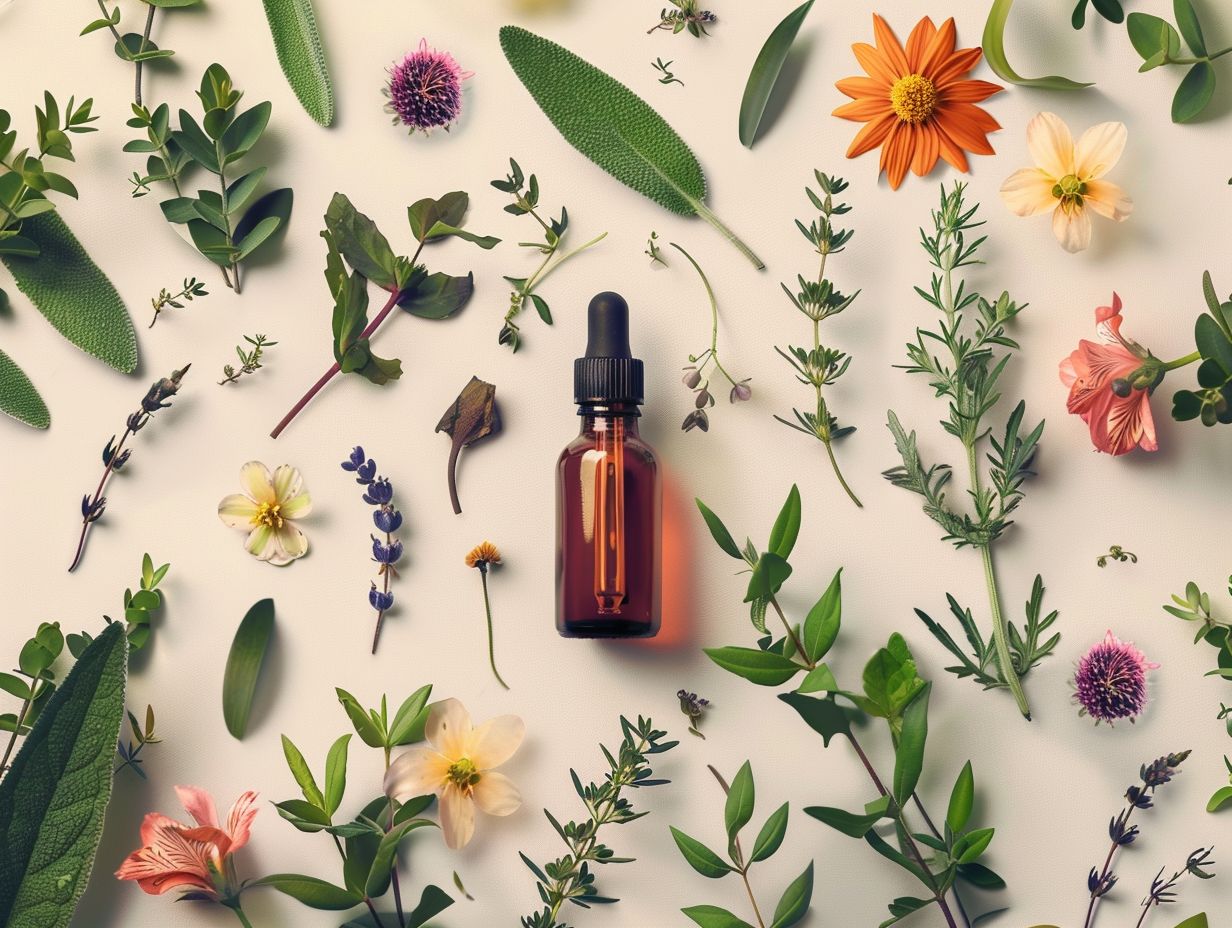
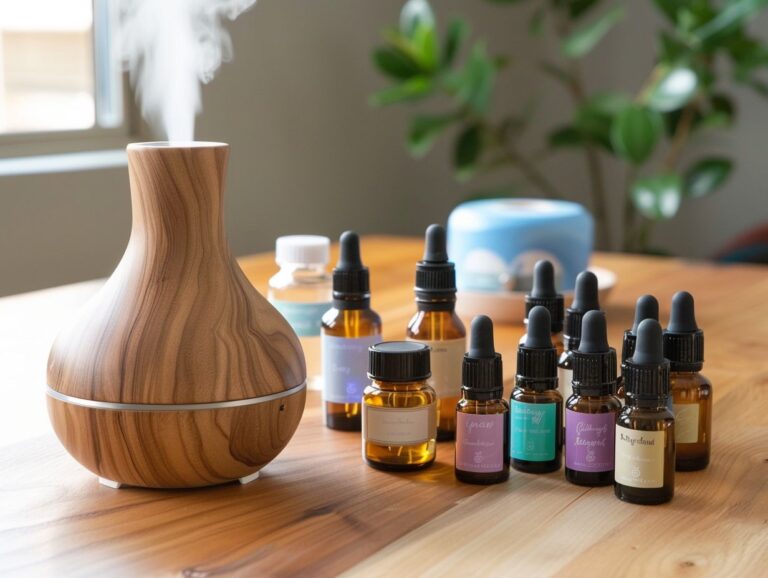
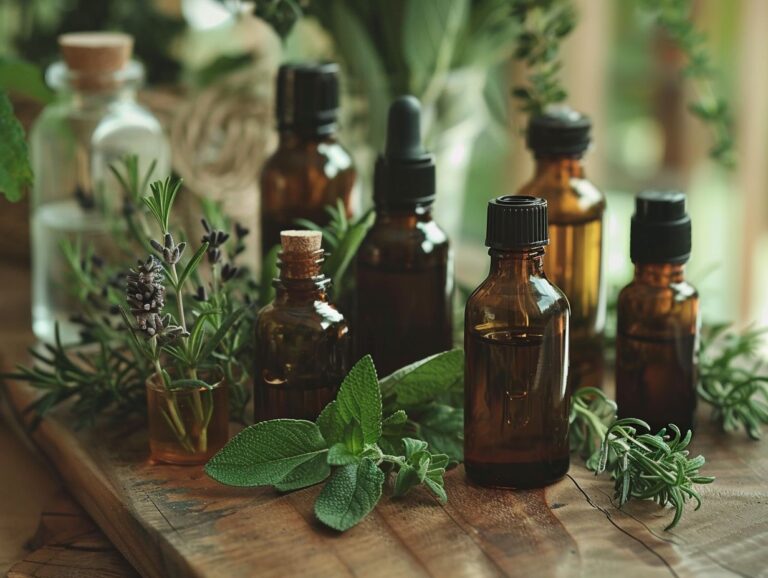
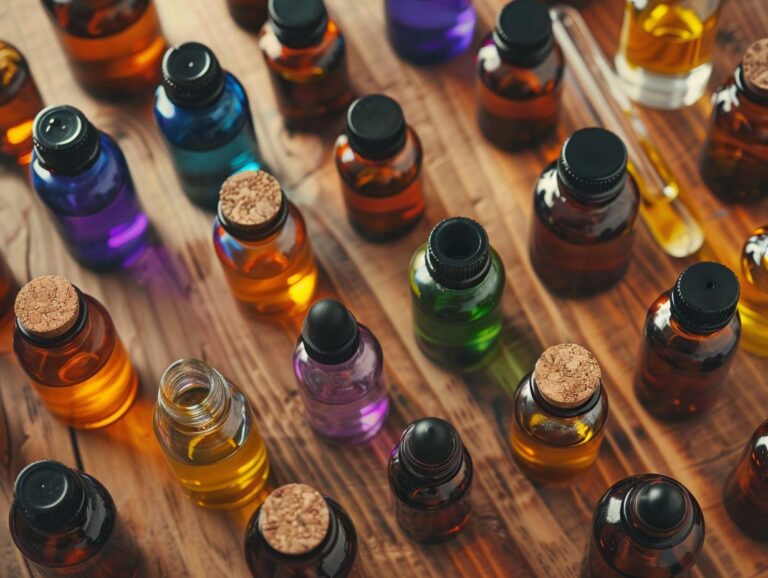


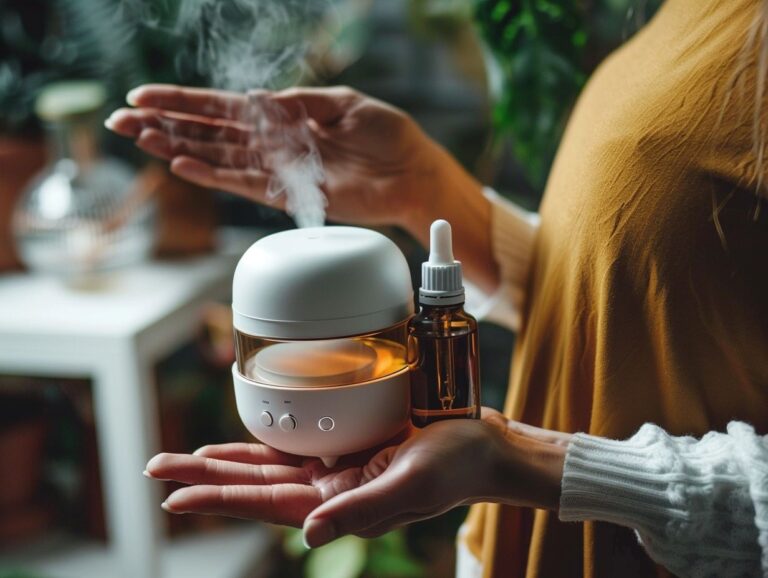
One Comment